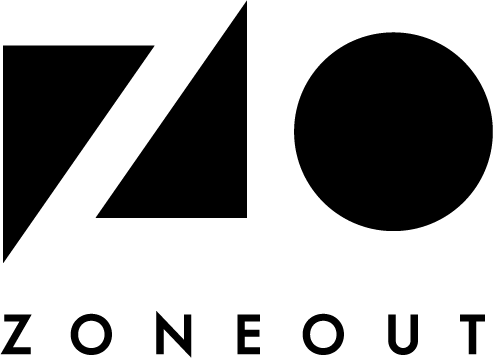Move over, yoga and mindfulness apps. In Modes of Communication: Letters From The Underworlds, Nduduzo Makhathini takes meditation to a new level with his masterclass on spirituality and modern jazz.
Hailed as the “Sonic Shaman”, the prolific pianist and healer creates music imbued with buoyancy and lush storytelling rooted in Zulu rituals and traditions. There is no dull moment – purposeful rhythms and hypnotic vocals are a-plenty, with hints of McCoy Tyner, Archie Shepp and John Coltrane. The album is also retrospective as much as introspective, bridging the gap between present and ancestral realms, and the South African diaspora and their homeland.
ZoneOut’s Cassandra Paz converses with Nduduzo Makhathini on his unique sonic perspective, the South African jazz scene and the significance of being the first South African jazz artist signed to Blue Note Records.
Nduduzo Makhathini’s new album Modes of Communication: Letters From The Underworld is out now
THE HEALING SONIC PROPERTIES OF WATER
Your gift of healing was passed down to you by your grandmother who healed through water. This is something that you’ve explored in your music and even in live performance. How does the latter work?
It’s scientifically proven that water listens. When you put water underneath the microscope, you can see that the shape of the molecules changes based on the vibration of the sound.
So at gigs, I used to ask people to bring water bottles and put them on the band stand. And as we’re playing, my belief was that all the positive vibrations through the music that we’re playing were coded in water.
And people messaged me on my socials, saying that they had found healing through that water, by putting it in their cooking, etc. I remember someone wrote to me once because their child was really experiencing difficulties with eczema. So I recommended that they use just a droplet of this water into the bath when they wash the baby.
THE BURGEONING SOUTH AFRICAN JAZZ SCENE
How would you describe the current state of South African jazz? What are you most excited about?
It’s beautiful. And the beauty of South African jazz can be found in the diversity of the cultures here. So for instance, the people that are on this record are mainly from KwaZulu-Natal but there are guests from the Eastern Cape. There’s also American alto saxophonist Logan Richardson, so there is like a bridge that is being crossed over.
In the broader scene, there is a pianist called Kyle Shepherd who comes from Cape Town and he’s really exploring kind of the Abdullah Ibrahim line. There’s also Tumi Mogorosi – he’s a drummer and plays with Shabaka and the Ancestors. He comes from Johannesburg and the Setswana language is vocalized in his sound.
And how has politics shaped South African jazz?
There’s something to be said about a common narrative that is going on in South Africa now, because post ’94, people were sort of getting into this democratic moment. And we didn’t question a lot of what it was because we were like, “Oh man, for the first time our people are able to vote. We have a black president”. And it was all the joy, Mandela was coming out of prison and everything. So a lot of the music that was coming out at the time was very celebratory, as if to say: “We have arrived, we are here”.
Music and jazz do allow us to look at our past memories and vocalise these but also make us question and understand the current political and social climate in Africa and all the inequalities. So that’s part of what the sound in South Africa now represents, heavily drawing from what our forefathers have been through and creating a new narrative. This involves breaking barriers that have been created in the colonial period, in a more solid way rather than just talking about the rainbow nation or democracy as something that is just a concept. The new South African jazz scene is definitely more deliberate about making those connections and raising those questions.
SIGNIFICANCE OF BLUE NOTE SIGNING
You’re the first South African jazz artist to be signed to the prestigious Blue Note label. This is significant as it not only puts you on the radar of more jazz listeners but it also opens up opportunities for some cool collaborations. Any Blue Note artists that you’d love to collaborate with?
There’s so many people I’d love to collaborate with. I’ve been doing a lot of collaborations with Wynton Marsalis, then there’s Pharoah Sanders and Herbie Hancock….
You have said as well that the Blue Note signing will help create more awareness about your Zulu communities and histories and bridge the gap between South Africa, the US and the rest of the world. The bridging theme does seem quite prevalent in your work, especially in your debut Blue Note album, where there is a crossing over from past to present realms via letters. I wonder, if you can write back to the spirits in the underworlds, what would your message be?
My answer to that will be Yehlisan’uMoya, which is the first song in the album.
My message to them will be, “Where is this utopian place in this moment? And how will these sicknesses perish?” Because that’s in the song’s lyrics already. And because we need these answers urgently in these highly uncertain times.
Follow Nduduzo Makhathini at his blog
